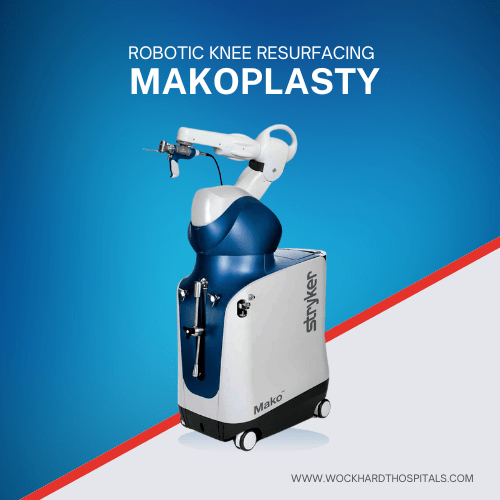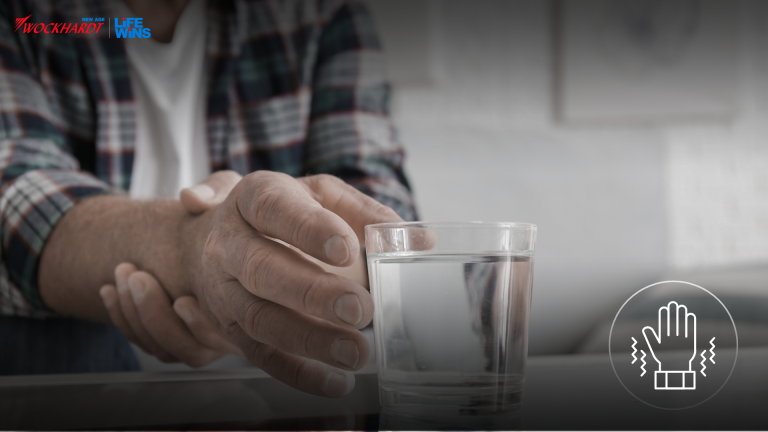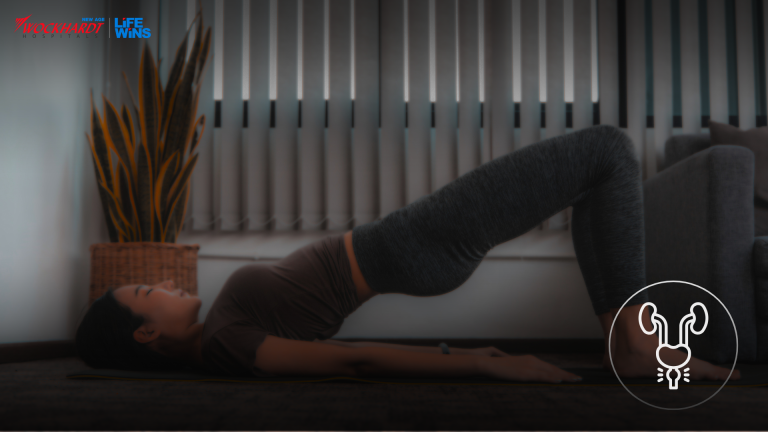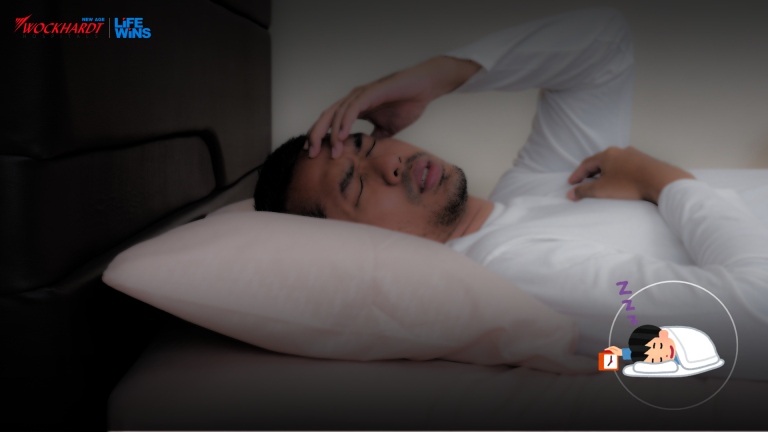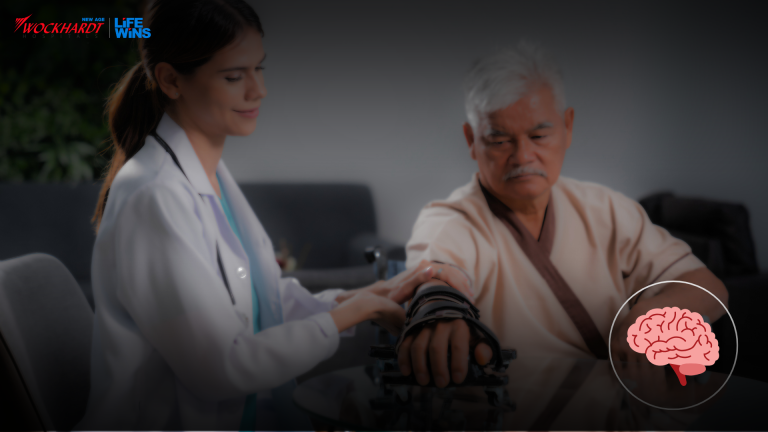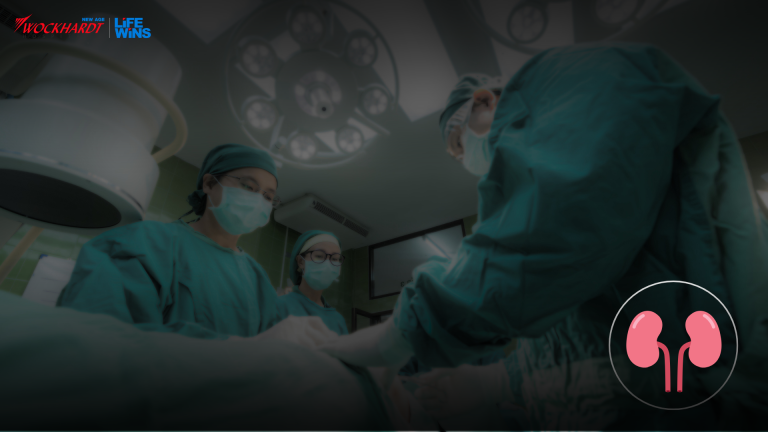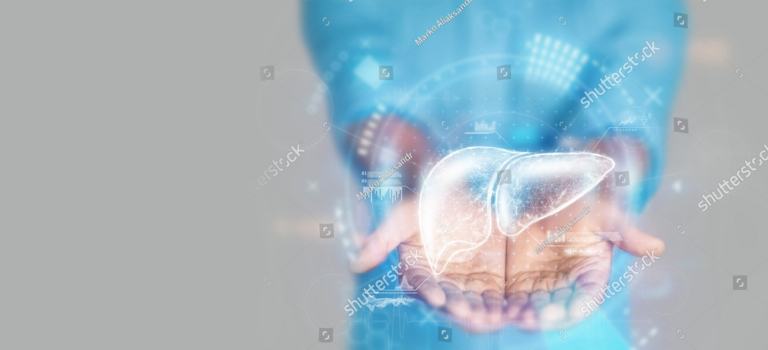Mumbai witnessed a rise in viral diarrhea cases among children
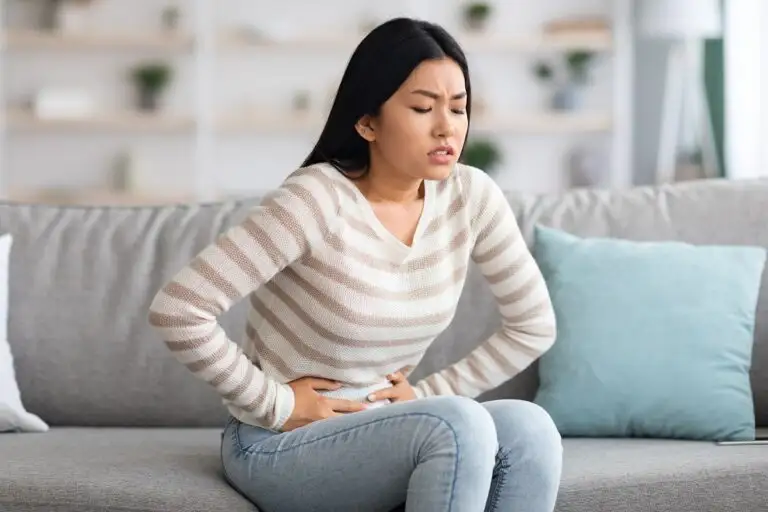
As the city continues to witness hot and humid weather, paediatricians said they are noticing an unusual rise in the number of viral infection cases among children, especially diarrhea, which is one of the causes of dehydration Paediatrician Dr Bijal Srivastava said, “Acute diarrhoea in children has gone up in the last few weeks. We recently treated an infant with severe diarrhoea who was hospitalised because of dehydration. His stool was positive for rotavirus.” Rotavirus is a virus that spreads easily among infants and young children. The virus can cause severe watery diarrhoea, vomiting, fever, and abdominal pain. Dr Srivastava added that most of the diarrhoea cases in children that the team of doctors are seeing today are viral in origins such as norovirus, astrovirus, and adenovirus. She also noted that the most common and also the worst is rotavirus as the frequency of passing stools is too high and many have to be hospitalised due to dehydration. While viral diarrhoea is self-limiting, doctors said that the recovery timing for children is around a week. Dr Vishal Parmar, paediatrician, Wockhardt Hospitals, Mira Road said diarrhoea cases are commonly seen in children less than five years of age. “Most of these are viral diarrhoea cases. Very few of them are because of bacterial infections. We have to hospitalise the child if the diarrhoea is causing severe dehydration. Daily, we are seeing 5 to 10 cases of diarrhoea in children in our outdoor patient department.” He said with all Covid-19 restrictions being lifted accompanied by people socialising more because of festivals and comparatively hotter summer, the diarrhoea cases in children are more in the last two years. Dr Suresh Birajdar, said they are seeing diarrhoea cases commonly in infants and kids attending day-care or preschool. “The severity of diarrhoea is more in the younger age group and children with less weight. During the lockdown, contact of kids with other kids was less, travel was less, people didn’t eat outside food, so chances of food contamination were less, and everyone was taking precautions even following hand hygiene. All of these have led to lesser cases of diarrhoea. Now, things are moving back to normal. So, we are not only witnessing diarrhoea but other infections like respiratory tract and skin infections,” he said. Dr Purshottam Vashistha has been seeing at least two patients with gastroenteritis every day, at least one of them is a child. “Most common complaints of patients are diarrhoea and food poisoning. Most of these patients find immediate relief after symptomatic treatment and adequate hydration. Rarely do patients who suffer severe dehydration need admission and active treatment. People are advised to avoid eating or drinking out at unhygienic places and carry a bottle of water with them to avoid dehydration. Children should carry water bottles from home and strictly drink boiled water,” he advised. Mumbai-based paediatricians are also seeing a rise in hand, foot and mouth diseases caused by viruses. Dr Vaidehi Dande said she is seeing 2-3 cases daily in her consultation and said, “Hand, foot and mouth disease is a highly contagious infection and spreads easily. The outbreaks are seen every year, especially in early summer. During this season, cases continue to rise exponentially till a large part of the susceptible population is infected.” She added that parents whose children get affected by hand, foot and mouth disease need not worry as the infections last for a maximum of four days. “However, a few precautionary steps should be followed by the parents, like keeping your child hydrated, immediately consult your doctor to get itch relieving medicines. Parents need to be aware and careful of signs like- high grade and prolonged fever, drowsiness, decrease in urine frequency and difficulty in breathing. An infected child should be kept inside the home and away from other children, especially till the time lesions get dried as it is infectious is important during this time,” said Dr Dande. Dos and Don’ts for parents Keep your child hydrated Avoid giving children outside food and give a healthy nutritious diet Give ORS solution if the child has loose motions to avoid dehydration Precautions and advice: Practising good hygiene is the best defence against HFMD. Regular hand washing can greatly reduce your risk of getting this virus. You can teach your children how to wash their hands using hot water and soap. Washing your hands after using the restroom, before eating, and after being out in public is important. Children should also not put their hands or other objects in or near their mouths. It’s important to disinfect any common areas in your home on a regular basis. Try cleaning shared surfaces first with soap and water, then with a diluted solution of bleach and water. You should also disinfect toys, pacifiers, and other objects that may be contaminated with the virus. If you or your child experience symptoms such as a fever or sore throat, stay home from school or work. It’s best to avoid contact with others once the blisters and rashes develop. This can help you avoid spreading the disease to others. Dr Vishal ParmarConsultant – PaediatricianWockhardt Hospitals, Mira Road Source: https://www.hindustantimes.com/cities/mumbai-news/mumbai-witnesses-rise-in-viral-diarrhoea-cases-among-children-101651601688333.html
Partial Solar Eclipse: Health Myths Associated with the Eclipse That is Not True

Partial solar eclipse 2023: April 30 will mark the first solar eclipse of 2023, although it will be a partial one as The Sun, Moon and Earth will not be perfectly aligned during the event. Parts of southern South America, Antarctica, and the Pacific and Southern Oceans will witness the celestial event just before and during sunset, but it will not be visible in India. A solar eclipse occurs when the moon comes between the Sun and Earth, casting a shadow on Earth. However, a partial eclipse will be seen on Saturday which will give the Sun a crescent shape. Eclipses are awe-inspiring and drastically change the appearance of the Sun and the moon, which has also given birth to several myths about celestial events. There are old beliefs that a solar eclipse emits harmful radiation that can spoil food, cause blindness or cause mood swings. People also regard them as inauspicious events which are not true. Here are some of the popular myths associated with the solar eclipse busted by NASA (National Aeronautics and Space Administration) scientists and doctors. Myth 1: Solar Eclipse Can Cause Blindness Fact: Scientists at NASA say, during a total solar eclipse when the disk of the moon fully covers the sun, the brilliant corona emits only electromagnetic radiation, though sometimes with a greenish hue. According to scientists, this radiation is a million times fainter than the light from the sun itself and cannot cause blindness. They however warned that watching a glimpse of the solar surface could cause retinal damage, though the typical human instinctual response is to quickly look away before any severe damage has actually occurred. Myth 2: Solar Eclipse Can Cause Anxiety, Mood Swings Fact: According to NASA, the celestial event has terrified people for centuries. Some ancient cultures believed a dragon was devouring the sun while others thought it was a sign of a god’s anger. As per the scientists, people might react with a primitive fear with regard to the appearance of the celestial event. “Solar eclipse may create a range of emotions for us as for many years it was a mystery for us for thousands of years and the fears and anxiety associated with it could cause some kind of alteration in our behaviors,” says Dr. Sonal Anand, Psychiatrist, Wockhardt Hospitals, Mumbai. Myth 3: Solar Eclipse is Harmful to Pregnant Women Fact: Scientists at US space agency NASA say this myth may have been rooted in the previous false idea that harmful radiations are emitted during a total solar eclipse. They confirm that solar eclipse is entirely harmless for pregnant women and would not harm the developing fetus. Myth 4: It is Not Safe to Eat or Drink During the Solar Eclipse Fact: There is a myth that solar eclipse produces harmful radiation that poisons the food and one should not eat during the event. Scientists at NASA rubbish this and say that someone might have accidentally got food poisoned and related it to the eclipse which is not true. Dr. Sonal AnandPsychiatristWockhardt Hospitals, Mira Road Source: https://www.hindustantimes.com/lifestyle/health/partial-solar-eclipse-2022-health-myths-associated-with-eclipse-that-are-not-true-101651235090490.html
Tips to enjoy a healthy pain-free ‘Shoulder’ Joint
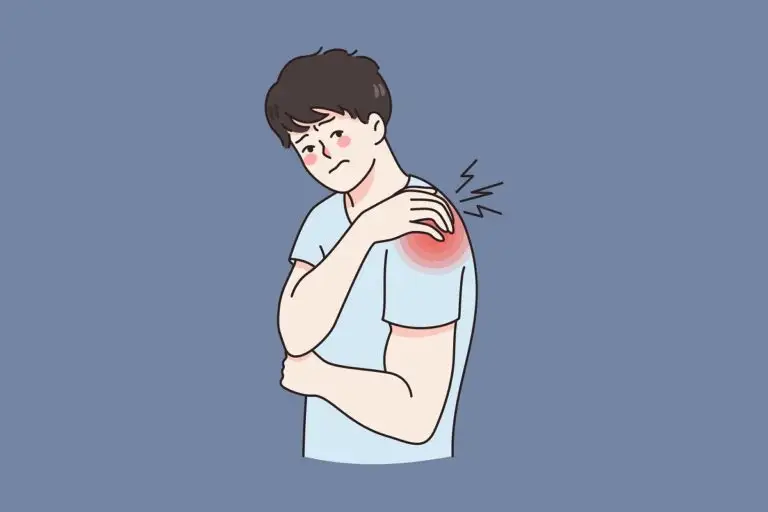
In everyday life, it’s your shoulder doing all the work. It has to move in everything that you do. You use it for lifting, reaching out to pick up something, reaching overhead to get that book off the shelf, or even pitching a ball and swinging your bat. You can do all of these activities since you have a supple, flexible shoulder joint with pristine cartilage and all the surrounding muscles working in rhythm. But everything that moves around so much and is like a “golf ball on a tee” is also more prone to get injured. You will be surprised to know that the shoulder joint is the body’s most injured joint. It’s the repetitive motion of the shoulder joint (especially strenuous overhead motion) for someone involved in activities like painting, hanging curtains, working as a hairdresser, and lifting heavy weights in a gym that takes a toll on this otherwise forgiving joint. Your shoulder can get hurt in other ways too: Prevention The great news is that most of these shoulder pathologies are easily treatable without surgery. Of course, ‘prevention is better than cure. Some simple ways to avoid shoulder pain are- Dr. Mohit M KukrejaConsultant – Orthopedic SurgeonWockhardt Hospitals, Mumbai Central
Do you worry about your knees ‘clicking’?
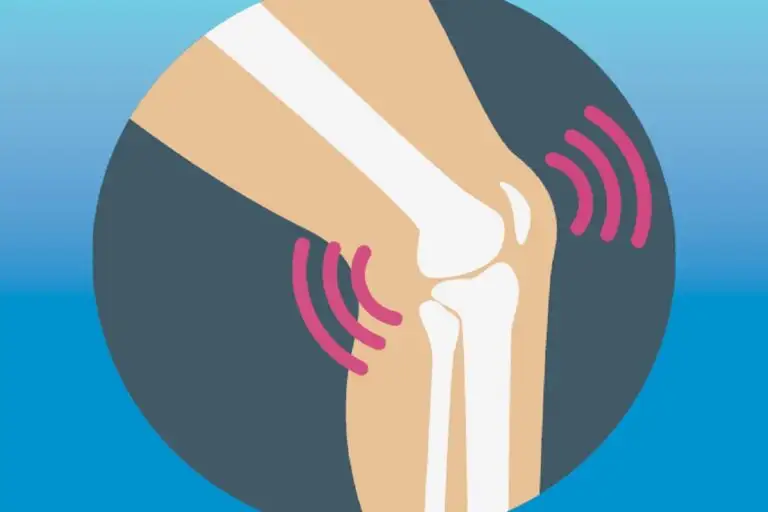
Why do they make that noise? Is it worth noticing or it’s just a “hoax” alarm? One of the most common questions we get in clinics is ‘why does my knee click? So, if you have ‘clicky’ knees you are certainly not alone! Often the questions are- Why do my knees click when I walk?Why do my knees click when I squat/ kneel down?Why do my knees click when I go upstairs or downstairs? Joints make a variety of noises which patients describe as “popping, snapping, cracking, catching, grinding and clunking!” Believe it or not, this was first described in 1947. The noise occurs because tiny air bubbles (nitrogen) accumulate within the fluid inside your joints and when you move, they collapse (or burst) due to the changes in pressure inside the joint. The noise occurs when the gas bubbles collapse. It is the same process as when you ‘click your knuckles’ Here are the other reasons for the clicking the knees that we see in the clinic: This can cause ‘clicking’ or a flicking or catching sensation clicking when you bend the knee or squat. Most of the time this is pain-free, but if it is painful it is called Plica syndrome. Why not worry about the ‘painless clicking’ of knees? It is normal for knees to click since they are moving parts with structures that move and glide next to each other when you bend and straighten the knee, for example when going up or down the stairs. Interestingly, most knee issues I see in my clinic that are painful, have no clicking or clunking! Here are some noteworthy facts to debunk myths related to the clicking of knees and other joints- Dr. Mohit M KukrejaConsultant – Orthopedic SurgeonWockhardt Hospitals, Mumbai Central
Do You Feel Pain in Knees While Climbing a Flight of Stairs?
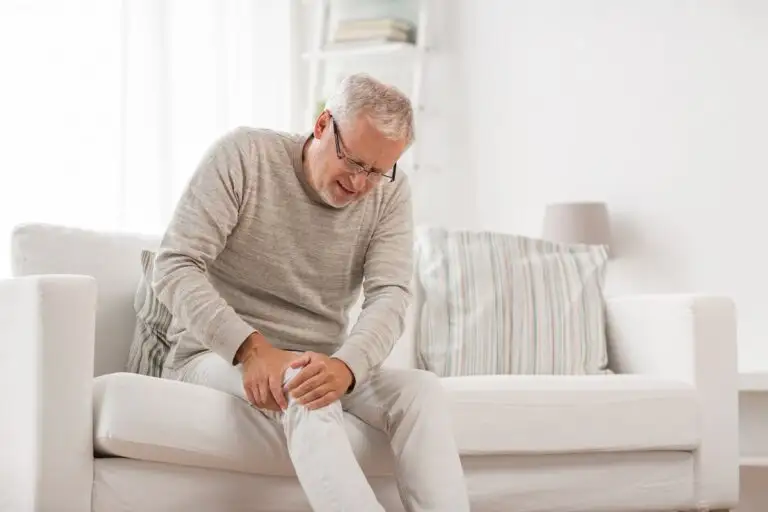
Have you experienced a time when every time you stood at the bottom of the steps and looked up thinking it was a physical endurance test to climb those stairs? Each step causes excruciating pain or extreme discomfort in the knees no matter how slowly or carefully you climb. The pain, which started in his right knee, now affected his left? Has knee pain ever caused you or a loved one to avoid activities? The reasons could be many. It may be due to damaged cartilage in your knee. The damage could be reversible (chondromalacia) or irreversible (arthritic) Why Does Your Knee Hurt When You Climb the Stairs? To answer that question, let’s review the mechanics of knee movement. Your knee joins three major bones: your thigh bone (femur), your shin bone (tibia), and your kneecap (patella). All three bones along with their associated ligaments and muscles must work in unison to support your weight and allow fluid leg movement. With each bend, the patella, a free-floating bone, slides over the femur in the trochlear groove. The articular cartilage keeps your kneecap in position as it cushions and lubricates the joint, so the bones glide against one another. Damaged cartilage may not cause pain when you walk, especially if it affects the knee cap cartilage in isolation. Running, deep knee bends, squats or climbing stairs subjects the knee to additional stress and the pain increases. These types of motions force the kneecap to slide up and down. Worn cartilage cannot keep the kneecap in the groove when the knee is under pressure. As the kneecap slips out of position, it causes pain. How is Knee Cartilage Damaged? Fractured bones or injured muscles can cause an imbalance of strength in the leg and pull the kneecap to one side of the groove or another. The added stress can cause misalignment and pain. Overuse injuries cause damage to the cartilage, especially in young athletes. Growing bones and excessive stress create a recipe for a chronic condition. Prolonged knee pain after activity indicates a more serious condition than normal muscle soreness from a strenuous workout. If you experience knee pain after working out, playing sports, or any strenuous activity that does not diminish in 72 hours, you may need medical attention. Genetic deformities and age are risk factors that cannot be modified but there are some things you can do to avoid the progression of your symptoms or delay damaging the cartilage. What is the Most Appropriate Treatment for a Runner’s Knee? The best way to avoid chondromalacia is to maintain the correct alignment of the kneecap and minimize wear and tear of the cartilage. Step 1: Develop strong and balanced leg muscles above and below the knee. These muscles support and stabilize the patella to keep it in the trochlear groove. Please remember that the muscles at the front of the leg act in opposition against the hamstrings to bend and straighten the knee. As one muscle contracts or gets shorter, the other muscle lengthens. An imbalance of strength can pull the kneecap out of position. Step 2: Assess your posture and the alignment of your feet and legs. Here are three tips to remember. Repeat the steps for each stair you climb. If your knee pain increases or lasts for more than two weeks, it’s time to contact your orthopedic specialist. Please note – Continuing to walk on a sore knee can cause significant internal damage to the tendons and ligaments inside your knee. Dr. Mohit M KukrejaConsultant – Orthopedic SurgeonWockhardt Hospitals, Mumbai Central
Life Wins For 65-Year-Old Patient at Mumbai
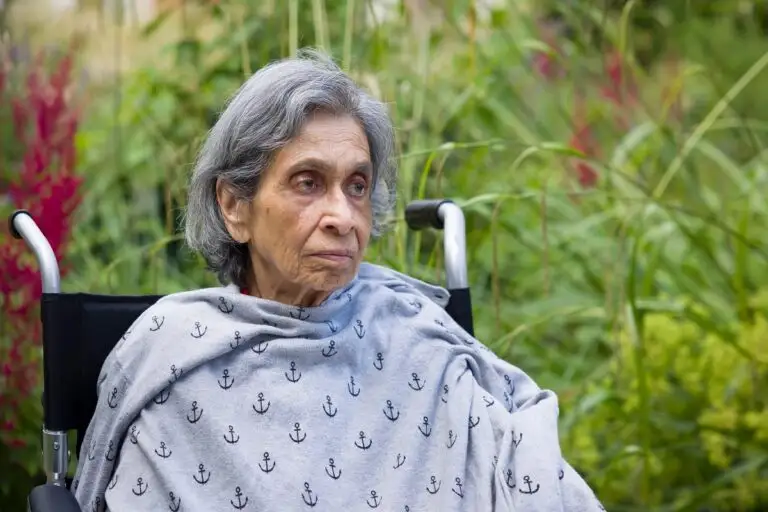
The patient was reluctant to undergo the surgery and continued medical management. Since last year the condition worsened, and she started getting increasingly breathless so much so that she couldn’t do her daily chores. A 65-year-old patient was diagnosed with severe aortic stenosis 5 years ago. The patient was reluctant to undergo the surgery and continued medical management. Since last year the condition worsened, and she started getting increasingly breathless so much so that she couldn’t do her daily chores. She got admitted in a hospital in an ICU in Ranchi with severe breathlessness requiring non-invasive ventilation. Patient’s 2D echocardiogram showed severe aortic stenosis with heart pumping of 10 – 15%. She also was diagnosed to have severe kidney and liver injury. This was accompanied by severe urinary tract infections. Considering the patients critical condition, she was airlifted to Wockhardt Hospitals, Mumbai Central to undergo Trans catheter Aortic Valve Implantation (TAVI). Trans catheter Aortic Valve Replacement (TAVR) is a minimally invasive heart procedure to replace a thick aortic valve which can’t be opened completely. This aortic valve is located between the lower heart chamber called left ventricle and the body’s main artery. In case if the valve doesn’t open correctly, the blood flow from the heart to the body is reduced. TAVR helps to restore the blood flow by reducing the signs and symptoms of aortic valve stenosis- chest pain, shortness of breath, fainting and fatigue. Speaking on the case, Dr Ankur Phatarpekar, Consultant Cardiologist at Wockhardt Hospitals, Mumbai Central says, “The patient was advised to opt for open heart surgery around 5 years back for severe aortic stenosis however she declined any surgical procedure. When she landed at Wockhardt Hospitals the heart pumping was very low just 10 to15% which is low. She also had other complications like low platelet count, renal & liver failure which made her a very high risk for TAVI. The pumping of heart was so low that the heart was not tolerating any balloon dilatation during TAVI and required Cardiopulmonary resuscitation multiple times during the procedure. On the 3rd day post-surgery, the heart pumping improved to 40%. Later she recovered and her kidney function and liver parameters improved due to TAVI procedure. The doctor recommends TAVR surgery if one has severe aortic stenosis which causes issues in the functioning of biological tissue aortic valve. Another health condition such as kidney or lung disease which makes open-heart valve replacement surgery risky and complicated. Dr Ankur PhatarpekarConsultant CardiologistWockhardt Hospitals, Mumbai Central Source: https://www.mumbailive.com/en/health/life-wins-for-65-year-old-patient-at-mumbai-hospital-72731
World Haemophilia Day- Let’s know more about this lesser-known ailment
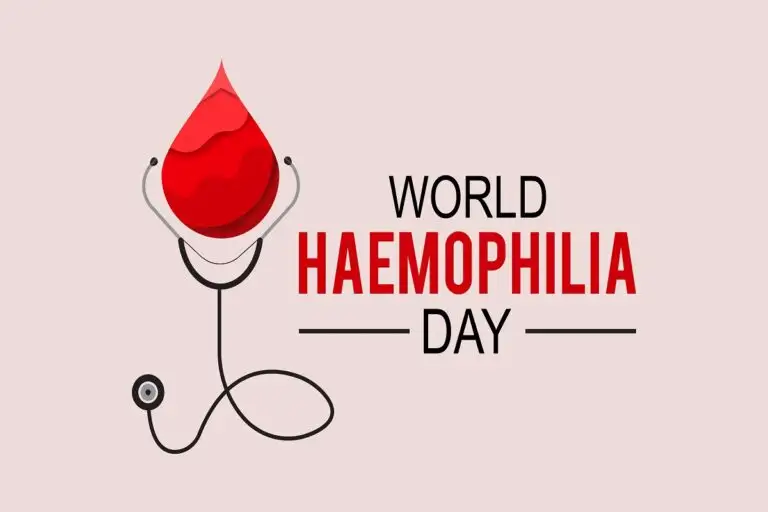
On this World Haemophilia Day, Wockhardt Hospitals Nagpur are taking a step to educate people about this lesser-known disease. Dr Gunjan Loney, Consultant- Haematology and Haemato-Oncology informs us that Haemophilia is a rare blood condition where people do not have the clotting factor which enables their blood to clot when bleeding. It’s an inherited disease that is usually passed from mother to child. Haemophilia is a rare bleeding disorder in which the blood doesn’t clot properly. This can lead to spontaneous bleeding as well as bleeding following injuries or surgery. Blood contains many proteins called clotting factors that can help to stop bleeding. People with haemophilia have low levels of either factor VIII (8) or factor IX (9). The severity of haemophilia that a person has is determined by the number of factors in the blood. The lower the amount of the factor, the more likely it is that bleeding will occur which can lead to serious health problems. In rare cases, a person can develop haemophilia later in life called acquired haemophilia. The majority of cases involve middle-aged or elderly people or young women who have recently given birth or are in the later stages of pregnancy. This condition often resolves with appropriate treatment. Haemophilia can result in: Diagnosis: To make a diagnosis, doctors would perform certain blood tests to show if the blood is clotting properly. If it does not, then they would do clotting factor tests, also called factor assays, to diagnose the cause of the bleeding disorder. These blood tests would show the type of haemophilia and the severity. Treatment: The best way to treat haemophilia is to replace the missing blood clotting factor so that the blood can clot properly. This is done by infusing (administering through a vein) commercially prepared factor concentrates. Performing the infusions on a regular basis (called a prophylaxis), can even prevent most bleeding episodes. Dr Gunjan also informed, “at Wockhardt Hospitals, we not only provide care to address all issues related to the disorder but also provide health education that helps people with haemophilia stay healthy”. About 15-20 per cent of people with haemophilia develop an antibody (called an inhibitor) that stops the clotting factors from being able to clot the blood and stop bleeding. Treatment of bleeding episodes becomes extremely difficult, and the cost of care for a person with an inhibitor can skyrocket because more clotting factors or a different type of clotting factor is needed. People with inhibitors often experience more joint disease and other problems from bleeding that result in a reduced quality of life. Dr Gunjan LoneyConsultant- Haematology and Haemato-OncologyWockhardt Hospitals, Nagpur Source: https://thelivenagpur.com/2022/04/16/world-haemophilia-day-lets-know-more-about-this-lesser-known-ailment/
Support Group for Patients Suffering from Parkinson’s and Their Families
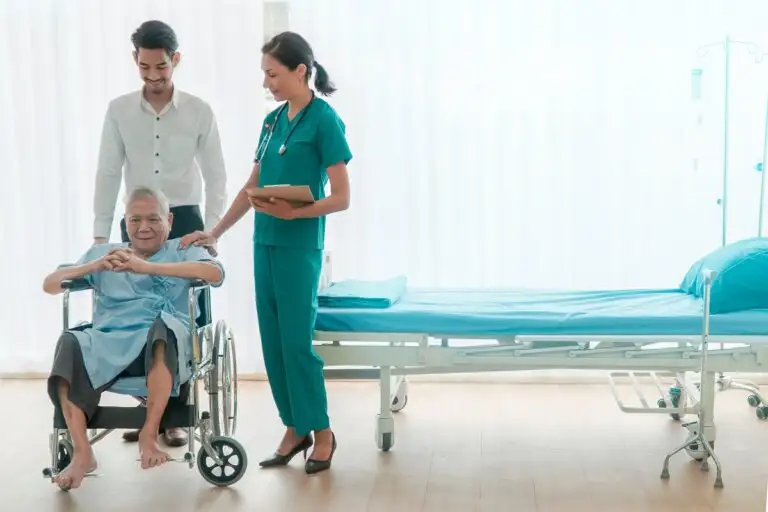
Parkinson’s disease is a neurodegenerative disorder of the central nervous system that develops slowly and the symptoms are evident over a period of time. Wockhardt Hospitals in Mira Road has launched a support group to bring together patients and their families and caregivers. According to the hospital, this initiative will guide them about the proper treatment and care required for patients with Parkinson’s disease. The hospital’s programme will provide support by addressing the clinical, physical, diet prudence, and emotional needs of the patient. The hospital claimed that the event saw the participation of 50 patients and families. Parkinson’s disease is a neurodegenerative disorder of the central nervous system that develops slowly and the symptoms are evident over a period of time. The disorder affected the locomotor skills of the patient. Shaking, tremors, rigidity, difficulty walking, and moving are some of the common symptoms of Parkinson’s disease. Parkinson’s is also connected to mental disorders such as depression, anxiety, and nervousness as the disease attacks the dopamine-producing neurons of the brain. “A large number of people are living with Parkinson’s disease. The patient and even his/her family are under stress. It becomes challenging to take care of such patients. There is a poor awareness about Parkinson’s disease. People often ignore symptoms like tremors and slow locomotion in their daily activities attributing them to old age, or stress and depression,” Dr Pavan Pai, consultant interventional neurologist, Wockhardt Hospitals, Mira Road said. Dr. Pai also stated that now, Parkinson’s is sometimes seen in youngsters (under 50) and is known as young-onset Parkinson’s disease (YOPD). He also informed that secondary Parkinson’s occurs due to repeated head injury, chemical exposure, and post-encephalitic (after brain infection). Dr. Pai revealed that the Parkinson’s Support Group encourages the patients to manage the disease via exercise and therapies other than medication. It helps them to improve their quality of life. Dr Pavan PaiConsultant Interventional NeurologistWockhardt Hospitals, Mira Road Source: https://www.financialexpress.com/healthcare/news-healthcare/wockhardt-hospital-launches-support-group-for-patients-suffering-from-parkinsons-and-their-families/2492980/
Knee Replacement – Fast Track Recovery with ERAS at Wockhardt Hospitals Nagpur
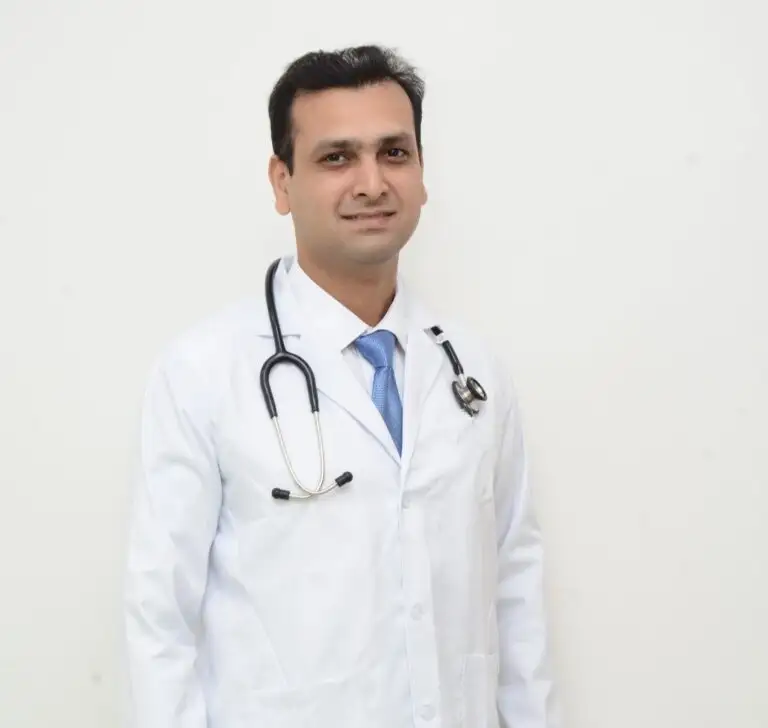
Total Knee Replacement (TKR) is the most common and most successful Orthopaedic Surgery in the world. Research data published in Lancet journal in 2019 shows that TKR is a very long-lasting surgery (more than 25 years) in at least 8 out of 10 patients. According to AAOS data 7.5 Lakh TKR surgeries were performed in United States in 2017. According to market research data approximately 2 lakh TKR surgeries were done in India in 2020. There have been tremendous and continuous improvements in surgical techniques, implant designs, surgical materials, longevity and surgical outcomes of TKR. Owing to significant improvements in pain control and anesthesia TKR is no longer a painful or high-risk procedure in expert hands and high-volume centers. Enhanced Recovery after Surgery in TKR (ERAS) Prof. Henrik Kehlet from Denmark proposed various ideas about surgical pain pathophysiology, surgical stress response, multimodal analgesia and fast track surgery in general surgery and gastrointestinal surgery. These ideas were organized in the form of Enhanced recovery protocols (ERPs) and applied to many surgical specialties including orthopedic surgery. ERPs are best suited to total hip (THR) and knee replacement (TKR) surgeries as these are high volume procedures, were associated traditionally with longer hospital stay, higher surgical costs and surgical complications. ERPs help in improving outcomes. Is it time to change surgical practices and adopt Enhanced Recovery Protocols after Surgery? With increasing costs of surgery due to emphasis on quality and standards, expensive implants, strict regulations, numerous healthcare compliances and higher incidence of litigation there is a need to do audit of surgical costs as well as surgical outcomes. Hospitals will be forced to make optimum use of resources and provide best outcomes. The best way to reduce surgical costs in TKR is by reducing complications and reducing hospital stay and scientific evidence proves Enhanced Recovery Protocols achieve both. Advantages of Enhanced Recovery Protocols in TKR ERPs help to reduce hospital stay. Patients experience less pain as there is less tissue damage due to minimal invasive surgical techniques. Patients can resume normal life activities much sooner after surgery. This is important for all ages, but specially in younger and working patients who want to get back to their jobs early as to reduce time off from work and resultant financial losses. According to scientific evidence ERPs are also associated with less bleeding, faster recovery, higher range of motion and reduced risk of complications. Results of Enhanced Recovery TKR at Wockhardt Hospitals Our average length of stay (ALOS) after TKR in Wockhardt is 2.4 days for unilateral TKR and 2.5 days for bilateral TKR which is better than reported TKR ‘LOS’ data from our country. There is no readmission for wound healing related complaints. 90% Patients are walking on day of surgery within 3-4 hours after surgery. All patients are able to use toilets by themselves and climb stairs before discharge which is typically 2nd or 3rd day after TKR. Patients regain range of motion faster and many patients ae even able to sit cross legged few weeks after surgery. ERPs have improved long term outcomes and satisfaction after TKR at Wockhardt Hospitals and also worldwide. Dr. Alankar RamtekeConsultant- Joint Replacement SurgeonWockhardt Hospitals, Nagpur
World Parkinson’s Day: 11 April, 2024
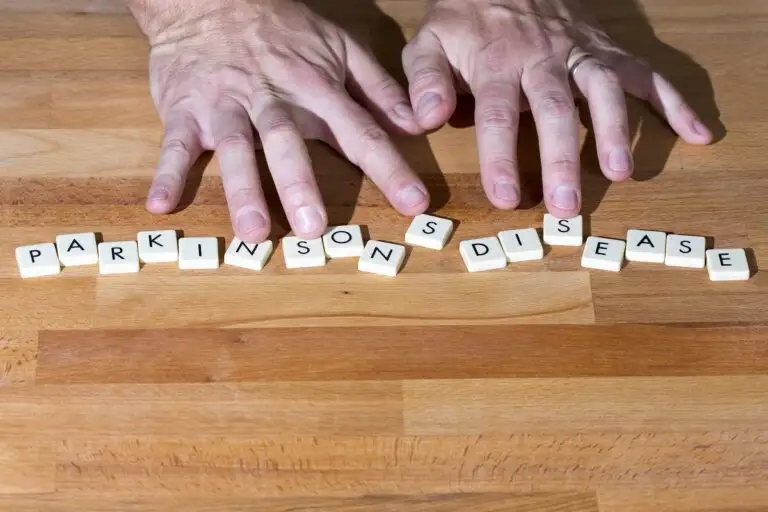
Parkinson’s disease, a brain disorder that mostly affects people over age 60, may lead to shaking, stiffness, problems in balance and coordination and eventually difficulty in walking and talking as the disease progresses and gets worse over time. The fastest growing neurological condition in the world has no cure so far. It has over 40 symptoms and affects sleep and mental health of those affected apart from pain and stiffness. The disease affects both men and women, however 50% more men are affected by it compared to women. The neurodegenerative movement disorder occurs when the dopamine-producing cells in a part of the brain called substantia nigra start to deteriorate. The symptoms set in slowly and usually begin with a tremor in one hand or stiffness in movement that will over time progress to stiffness, the inability of coordinating movements, posture problems, a reduced sense of smell, mood changes, and sleep problems. But not much is known about this condition. There are many myths surrounding Parkinson’s disease considering the symptoms are not the same for everyone affected by it. The truth is that some people may not have common symptoms like tremors or even younger people can get the disease. World Parkinson’s Day, observed annually on April 11, is aimed at raising awareness about the disorder. Dr Pavan Pai, Interventional Neurologist, Wockhardt Hospitals, Mira Road and Dr Aditya Gupta, Neurosurgeon, bust myths about the brain disorder. Myth 1: Parkinson’s Disease Only Affects the Person’s Movement Fact: This is not entirely correct because patients with the condition also have non-motor symptoms, which can appear before motor symptoms. Some of the non-motor symptoms are sleep dysfunction, pain, depression, anxiety, cognitive impairment, etc. Parkinson’s disease will impact multiple areas of the brain. Non-motor symptoms also include smelling problems, cognitive difficulties, constipation/bladder problems, fatigue, pain, shaking, small handwriting, anxiety, and depression. Myth 2: Only Elders can Get Parkinson’s Disease Fact: This statement is false. It can affect people of any age group. Myth 3: Parkinson’s Disease Happens Due to Genetic Mutation Fact: The exact cause of Parkinson’s disease is not clear yet. But there can be genetic and external factors behind the occurrence of it. It can run in families, which suggests a genetic (hereditary) factor. But it is also seen in people without a family history of the disease. Someone who has a mutation associated with Parkinson’s disease will not necessarily develop the disease. Myth 4: Parkinson’s Disease is Curable Fact: Parkinson’s disease can be well managed, but there is no cure. The disease does not directly cause death. As the disease progresses, one will become more vulnerable to falls, which could result in injury or loss of life. Regular exercise and physical therapy will improve one’s condition. Medication can help to manage the motor symptoms of Parkinson’s disease causes. Even deep-brain stimulation (DBS, surgery) is an option to control abnormal brain impulses. Myth 5: Treatments Only Work for a Few Years, and beyond Drugs, Nothing Can Help Fact: While there is no cure for Parkinson’s disease, there are drugs and medical technologies available that can help manage the condition. Devices like Deep Brain Stimulation (DBS) are surgical procedures that involve implanting electrodes in the brain that deliver electrical impulses that block or change the abnormal activity that causes symptoms. Myth 6: Tremors Always Indicate Parkinson’s Fact: Though tremors are well-known symptoms of Parkinson’s disease, they can occur due to other medical conditions as well. Myth 7: Parkinson’s is Fatal Fact: Parkinson’s is not fatal in the way other medical conditions like a heart attack might be. People with Parkinson’s can live a long and meaningful life with the correct treatments to manage the condition. It is not a life-threatening disease, unlike a heart attack or stroke. Most patients with Parkinson’s, can lead normal lives and manage symptoms with appropriate treatment. Myth 8: People with Parkinson’s Disease will Not Get Dementia Fact: People in more advanced stages of Parkinson’s will have a higher risk of dementia. Are you aware? Being forgetful, difficulties with planning can occur in Parkinson’s. These symptoms worsen over time and lead to dementia. Dr Pavan Pai, Interventional Neurologist, Wockhardt Hospitals, Mira Road Source: https://www.hindustantimes.com/lifestyle/health/world-parkinson-s-day-common-myths-surrounding-brain-disorder-busted-by-experts-101649421849541.html






